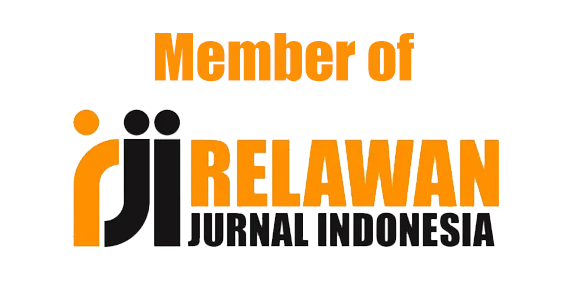PEMIKIRAN EKONOMI IBNU TAIMIYAH
DOI:
https://doi.org/10.24256/alw.v2i2.634Keywords:
Ibnu Taymiyyah, thought, pricing, government, hisbahAbstract
References
Amalia, Euis.2005. Sejarah Pemikiran Ekonomi Islam: Dari Masa Klasik Hingga Kontemporer, Jakarta: Pustaka Asatrus
Chamid, Nur. 2010. Jejak Langkah Sejarah Pemikiran Ekonomi Islam. Yogyakarta: Pustaka Pelajar. http://yanasatia.wordpress.com, diakses pada tanggal 8 September 2011 pkl. 13.30.
Islahi, Abdul Azim. 1988. Economic Concepts of Ibn Taimiyah. London: Islamic Foundation
------------------------1997. Konsepsi Ekonomi Ibnu Taimiyah. (terj) Anshari Thayib. Surabaya: PT. Bina Ilmu.
Karim, Adi Warman Azwar.2002. Ekonomi Islam Suatu Kajian Ekonomi Makro, Jakarta: IIIT Indonesia
-------------------------2004. Sejarah Pemikiran Ekonomi Islam, Jakarta: PT. Raja Grafindo Persada
Sudarsono, Heri.2004. Konsep Ekonomi Islam, Yogyakarta: Ekonosia
Taimiyah, Ibnu.1963. Majmu’ Fatawa Shaikh al-Islam, Vol. 25&29, Riyadh: Matabi’ al-Riyad
--------------------1976. Al-Hisbah fil Islam, Kairo: Daar al-Sha’























